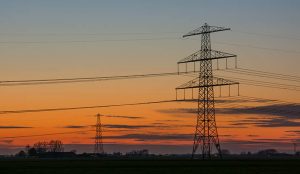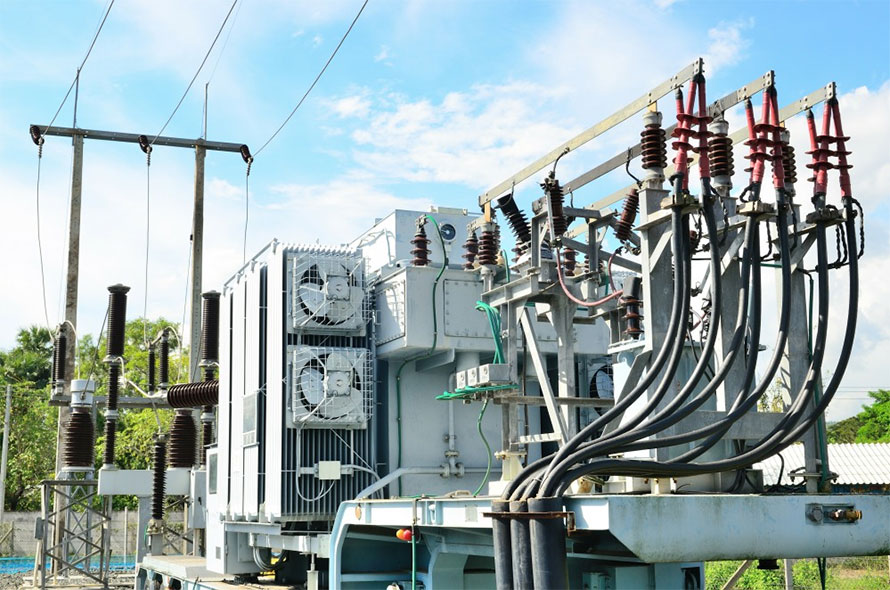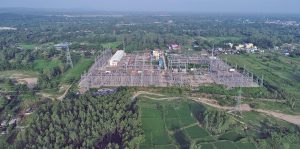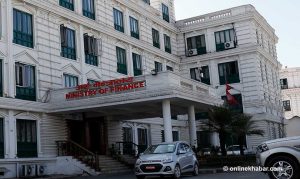
In today’s context, Nepal is actively pursuing a transition towards clean energy, harnessing the potential of hydropower, solar, and wind. A bold declaration was made at the 26th Conference of Parties (COP 26) of the UN Framework Convention on Climate Change (UNFCCC), the country committed to achieving net-zero emissions by 2045.
However, it is essential to recognise that this energy transition is a complex and gradual process, far from a quick fix or an overnight transformation. Its success depends on several critical key factors, including the rapid generation of clean energy within the country, the establishment of reliable infrastructure for energy transmission, and the implementation of effective and well-organised distribution systems.
As Nepal approaches self-sufficiency in energy generation, the country’s current focus is on the development of transmission lines and distribution infrastructure. This significant attention comes from the objective of expanding energy consumption inside the country, which has been driven by growing consumer and per capita consumption, with a major focus on the residential, industrial, and transportation sectors.
The country mostly relies on run-of-river (ROR) hydropower projects, which by nature result in inconsistent hydroelectricity generation throughout the year and the problem of water spillage and loss during the wet season because of limited national consumption articulates the necessity of exporting excess energy produced to the neighbouring country.
The problem of limited transmission lines and distribution networks, which are exacerbated by significant challenges resulting from government bureaucracy, policy issues, local community concerns, environmental issues, and land acquisition difficulties demands immediate attention and address.
The urgency to address these issues has surged due to the ongoing construction of 3,000+ MW power projects, processing of PPAs for 10,000+ MW projects, and India’s interest in importing 10,000 MW of electricity from Nepal, potentially expanding to exports to Bangladesh.
This has shifted the focus to developing Nepal’s transmission lines, cross-border infrastructure, and distribution networks.
Lack of visionary planning

Surprisingly, there appears to be a lack of ambitious plans or preparations for increasing electricity consumption in the nation, with a notable disregard for the residential sector. While the ongoing enhancements to the existing transmission and distribution infrastructure, as well as the addition of new hydro-projects, will naturally play a role in boosting consumption, it’s crucial to underscore that these measures alone would not be sufficient.
Meeting the forecasted energy demand in the coming years requires a proactive approach that involves a thorough analysis of feedback from stakeholders and a comprehensive strategy to enhance domestic electricity consumption.
Nepal’s electricity consumers are mainly in the domestic category, making up about 92.32 per cent of the total, and they consume over 41 per cent of the country’s electricity. On the other hand, industrial consumers represent only 1.31 per cent but consume around 38 per cent of the total electricity.
Despite slower industrial growth, these sectors significantly drive up electricity usage. The residential sector, responsible for household needs like cooking and lighting, accounts for 63.2 per cent of the total energy mix (626 Petajoules), primarily relying on fuel wood (85 per cent) and LPG (2.76 per cent).
In contrast, Nepal’s electricity consumption stands at 9.3 billion units. Electric appliances are much more energy efficient, with modern stoves achieving up to 90 per cent efficiency. In simple terms, if Nepal were to replace only fuelwood and LPG with fully electric appliances for cooking purposes, the country could potentially consume more than twice its current total electric energy consumption.
Being a developing nation struggling with slow GDP growth and limited industrialisation, the rapid increase in electricity consumption poses significant challenges.
It is widely recognised that electricity consumption, GDP, and industrialisation are closely interconnected, with a direct and proportional relationship. However, obstacles like political complexities, an inadequate regulatory framework, and imbalances in accountability and organisational autonomy have hindered progress.
The Nepal Electricity Authority (NEA), responsible for electricity transmission and distribution, has faced criticism for prioritising electricity exports to India over meeting domestic demand, despite acknowledging the need to boost domestic consumption.
The NEA has made notable progress in increasing generation capacity and reducing electricity imports from India. However, a closer look reveals a key oversight: inadequate attention to residential consumers, who are a major energy consuming sector.
Furthermore, while NEA’s efforts to develop cross-border transmission lines for exports as well as the national distribution network are commendable, there’s a significant issue: the lack of focus on consumer safety standards and regulations in the current Electricity Distribution Regulation, 2018.
This oversight needs correction. The institution and the public should shift their focus from simply increasing consumption to improving the quality of life through modern electric technology, which can positively impact the country’s economic growth.
The major challenges may arise in managing peak energy demand during the transition to fully electric households, including tariff structuring and safety standards in transmission and distribution. Notably, the current regulation lacks specific provisions for consumer safety and includes an exemption for the NEA from liability in wiring-related consumer losses or injuries.
The current regulations highlight the constraints of a substantial energy regulatory authority and a significant oversight in safeguarding consumer interests. These deficiencies have the potential to hinder the government’s efforts to increase electricity consumption, particularly within the residential sector. Therefore NEA should prioritise research aimed at analysing and enhancing existing regulatory provisions.
Safety concerns in domestic electric appliances

High-power electric devices, like stoves, heaters, geysers, and other modern appliances, present inherent risks due to their substantial power consumption. Ensuring the safe use of these devices requires well-engineered residential wiring systems.
Incidents such as fatalities caused by gas geysers in bathrooms during winter and fires resulting from heaters have tarnished the reputation of these appliances and led to a reduction in their usage, despite a lack of user awareness and safety practices.
Similar negative impacts could affect widely used domestic electric appliances like cooking stoves, water heaters, and electric geysers, posing a potential threat to government initiatives aimed at increasing national electricity consumption.
Generally, third-party technicians or contractors often handle electrical work for residential consumers, while the NEA disclaims liability. This regulatory gap raises concerns about safety and accountability. It’s important to note that this does not mean the NEA should bear sole responsibility for adverse outcomes, as that may not be feasible.
Additional regulations can address safety issues, including guidelines for wiring repair, electrical safety practices in new construction, and engineering approvals. Enforcing licensed electricians in newly constructed homes and exploring safety standard upgrades are vital for Nepal’s long-term power consumption goals.
























